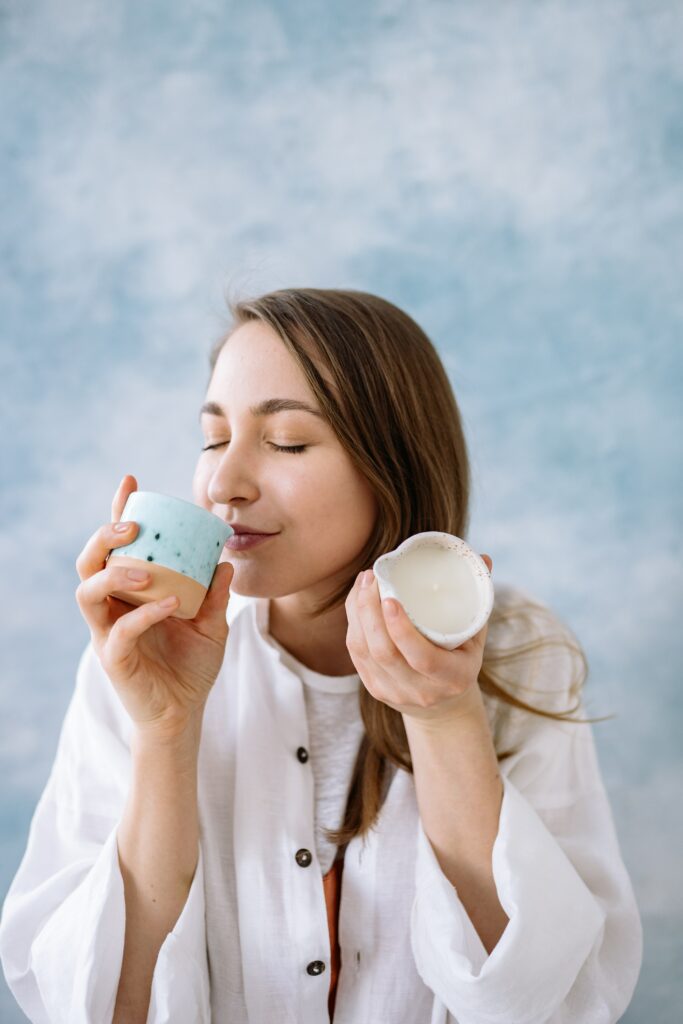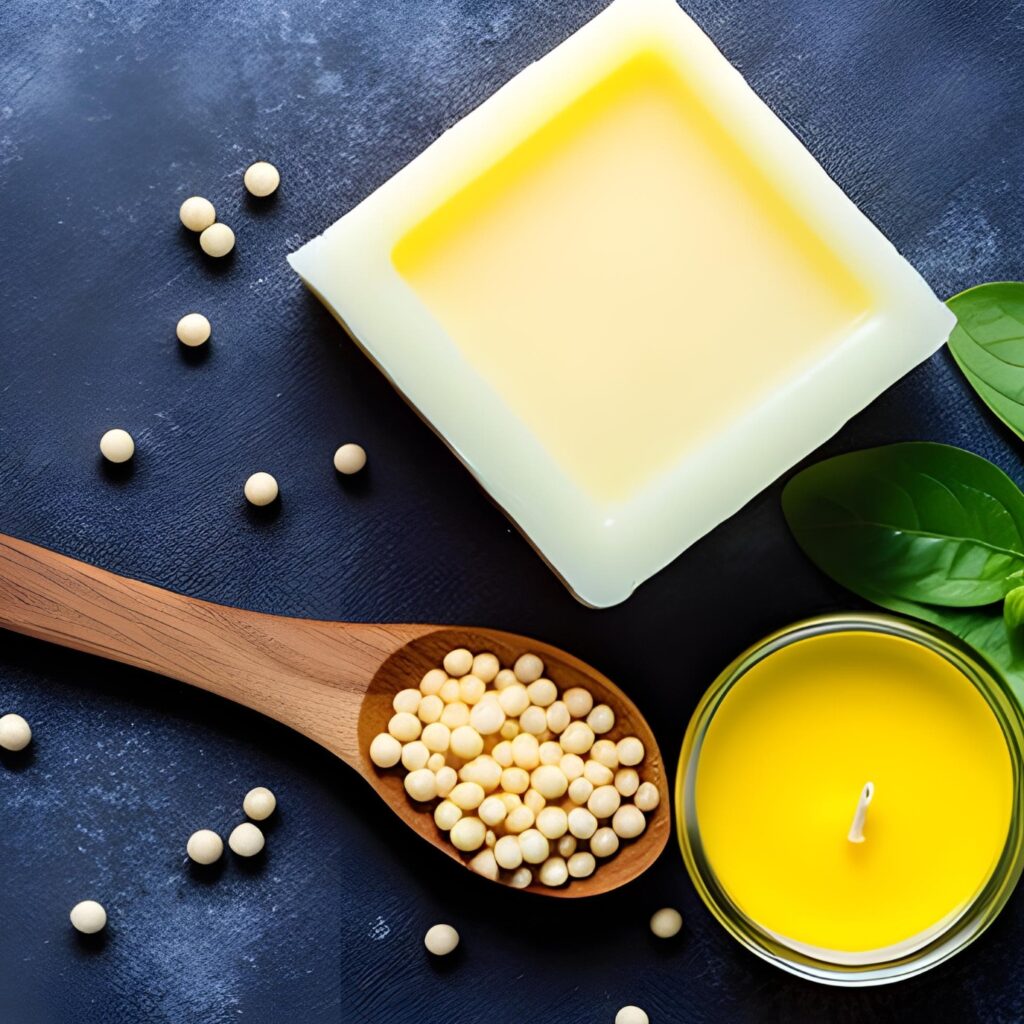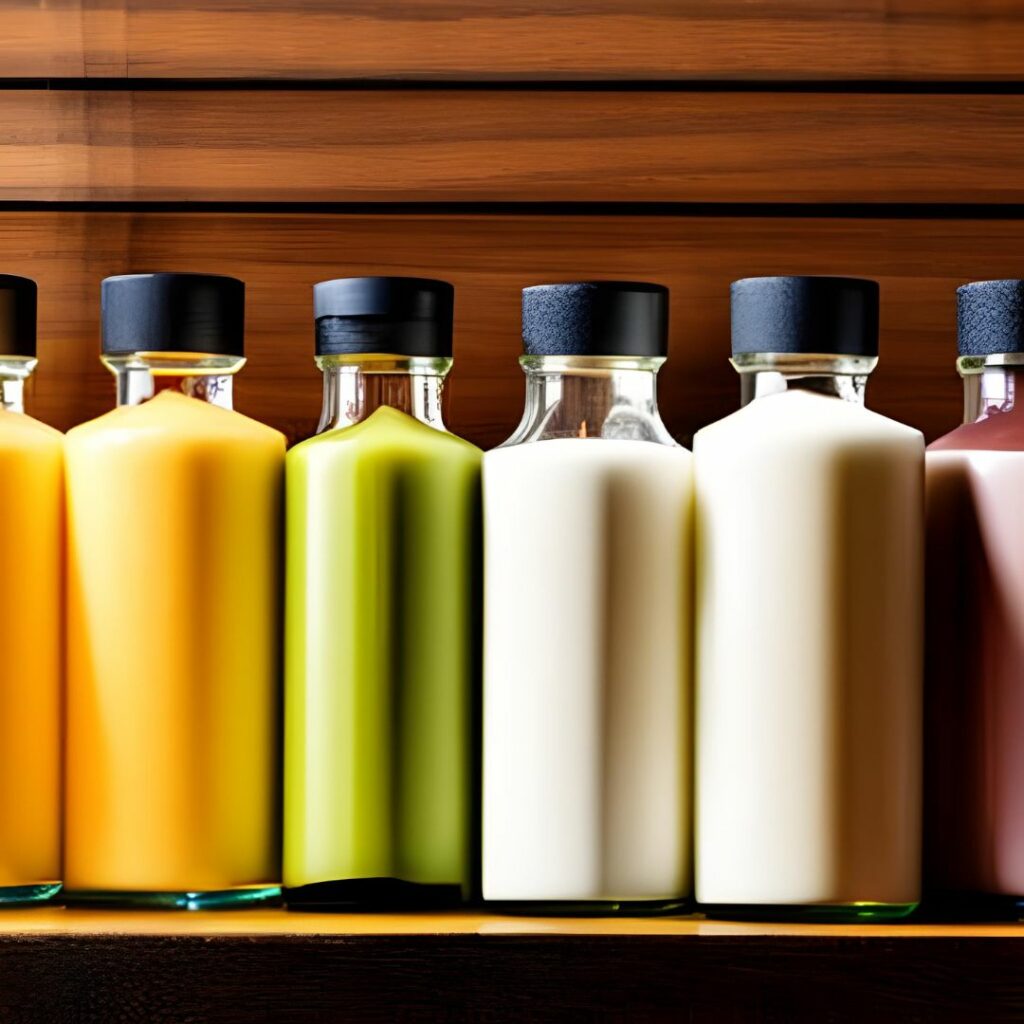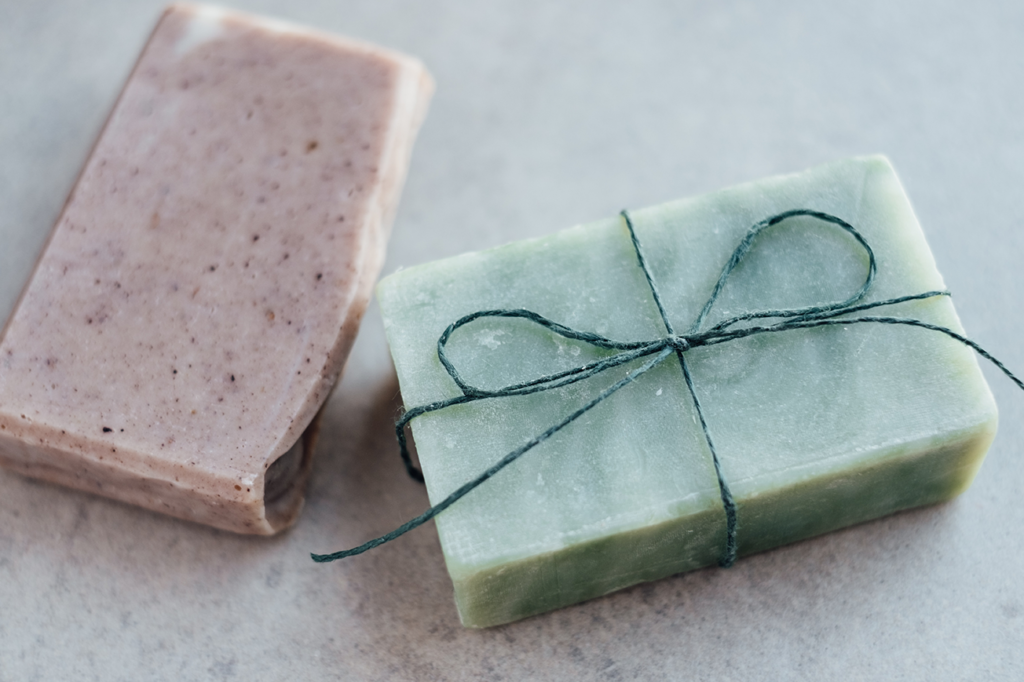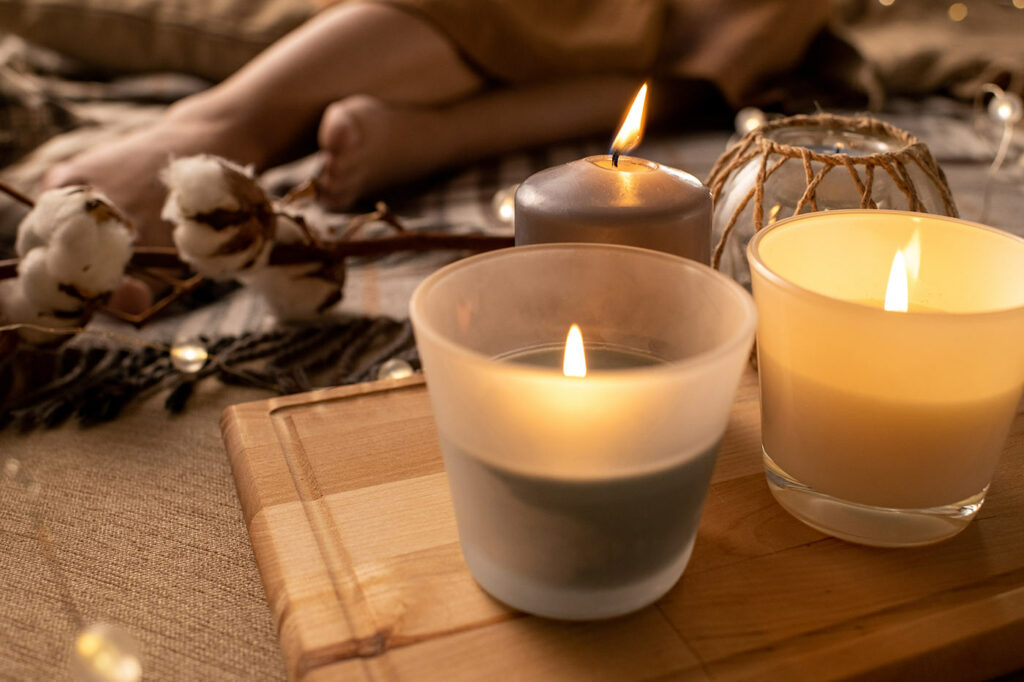The Art and Alchemy of Scented Candle Making: Where Craft Meets Sensory Delight
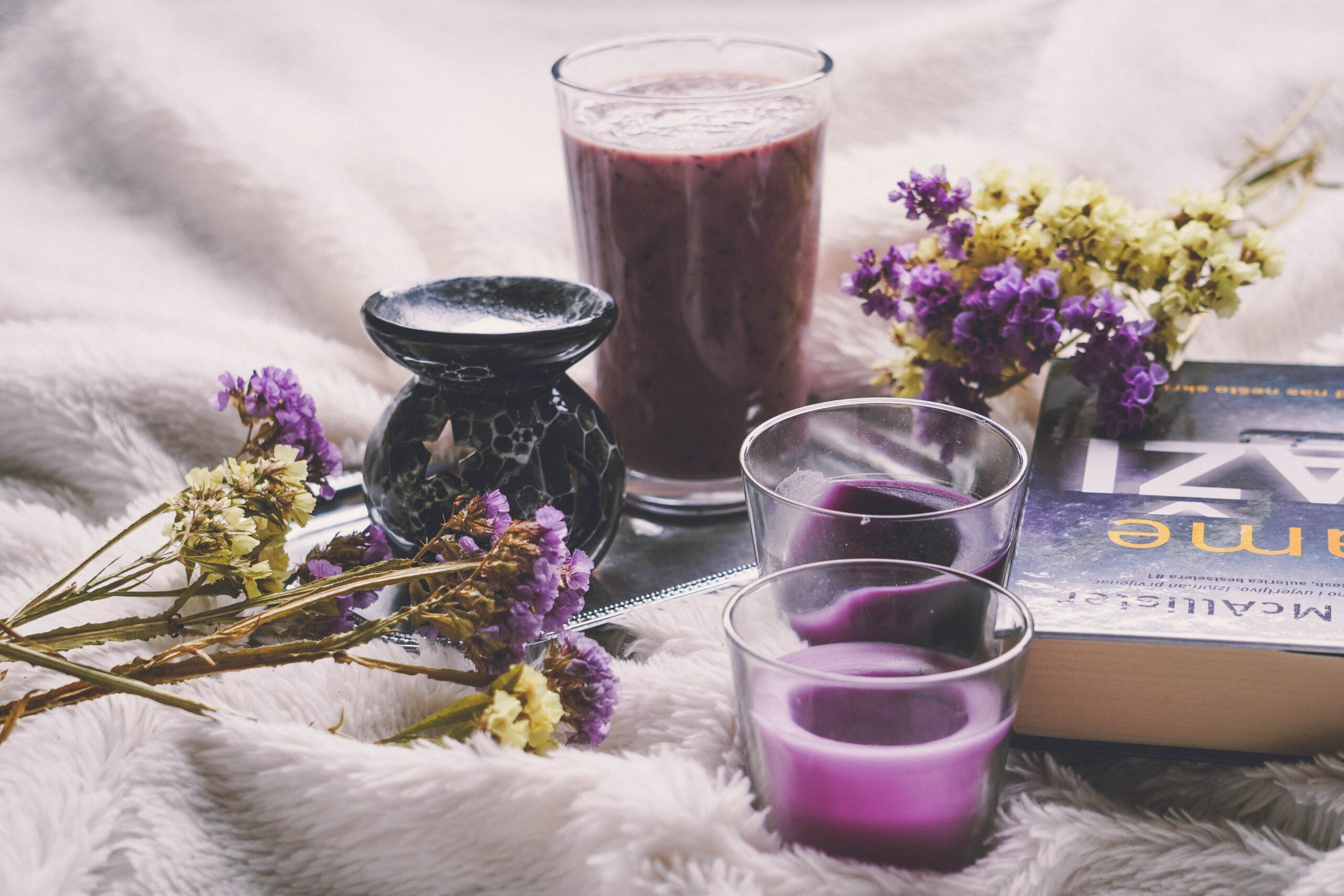
In an era where virtual realities, AI algorithms, and touch-screen gadgets dominate our lives, it’s a gentle irony that something as old-world as a scented candle can still command our attention. This isn’t a nostalgia trip; scented candle making is a contemporary art form that has found its moment in the modern world, fusing ancient practices with new-age desires.
The Rise of the Scented Candle Making
In 2021, the global candle market was valued at around $4.5 billion, with scented candles making up a considerable chunk of that market. Why? Because unlike their unscented counterparts, scented candles do more than light up a room; they create an experience.
For thousands of years, humans have used scent in rituals and daily life, from incense in religious ceremonies to herbs in culinary recipes. In scented candles, these aromatic traditions meet the aesthetic and emotional needs of our time. When you light a lavender-scented candle, you’re not just dispelling darkness; you’re inviting calm into your space.
The Waxen Canvas for Aromatic Candles
The first thing you need to consider when embarking on scented candle making is your wax. Think of this as your canvas—a backdrop where all the action takes place. The market offers a variety of choices, from the eco-friendly soy wax to the natural aroma of beeswax, to the versatile paraffin wax.
Each type of wax has its own pros and cons.
The Pros and Cons of Wax Types in Scented Candle Making
The charm of a scented candle doesn’t just lie in the fragrance it disperses or the ambiance its flame creates; it’s also in the type of wax used. If you’ve ever wondered why certain candles seem to burn forever while others melt away too quickly, or why some fill your room with fragrance and others don’t, the answer often lies in the wax. Here’s a deep dive into the pros and cons of the most commonly used waxes in scented candle making: Soy wax, Beeswax, and Paraffin wax.
Soy Wax
Pros:
- Eco-Friendly: Made from renewable soybeans, it’s a biodegradable option that’s less harmful to the environment.
- Cleaner Burn: Soy wax produces less soot and toxins, making it safer to burn indoors.
- Great Scent Throw: This wax is known for its excellent scent throw, meaning it disperses fragrance well when burning.
- Long-Lasting: Soy candles generally burn longer than paraffin candles, giving you more bang for your buck.
Cons:
- Slower to Set: Soy wax takes longer to solidify, which may not be ideal for those looking to produce candles quickly.
- Less Vibrant Colors: Soy wax doesn’t hold color as well as paraffin, so your candles may not be as vibrant if aesthetics are a high priority.
Beeswax
Pros:
- Natural Aroma: Beeswax carries its own sweet, honey-like fragrance which can be a lovely addition or serve as a base for other scents.
- Slow-Burning: Beeswax candles burn more slowly than both soy and paraffin candles, often lasting considerably longer.
- Soot-Free: Burning beeswax produces minimal soot, making it a cleaner option for indoor air quality.
Cons:
- Cost: Beeswax is generally more expensive than other types of wax, making it less budget-friendly.
- Not Vegan: As an animal byproduct, it’s not a suitable choice for vegans.
- Scent Compatibility: The natural aroma of beeswax may not complement all added fragrances.
Paraffin Wax
Pros:
- Strong Scent Throw: Paraffin wax can hold and release a lot of fragrance, making it ideal for scented candles.
- Vibrant Colors: If you want candles in a variety of bright colors, paraffin is your best bet.
- Quick to Set: Paraffin wax solidifies more quickly than soy wax, making it easier to produce candles in shorter amounts of time.
Cons:
- Non-Renewable: Made from petroleum, a fossil fuel, it’s not a renewable resource.
- Soot Production: Paraffin candles are known to produce more soot and may release toxins when burned.
- Shorter Burn Time: Typically, paraffin candles don’t last as long as their soy or beeswax counterparts.
Each type of wax offers a unique set of attributes that can significantly affect the performance and characteristics of your scented candle. The right wax for you depends on what you prioritize the most—whether it’s sustainability, fragrance, color vibrancy, or burn time. Armed with this knowledge, you’re well on your way to becoming a maestro in the art of scented candle making.
The Scent-Sational Element for Perfumed Candles
The fragrance is the superstar of scented candle making. While the options are practically endless—ranging from floral to foodie—the process of choosing one should be both personal and thoughtful. Are you crafting a candle to evoke memories of a summer beach vacation? Go for coconut or ocean scents. Want to create an autumnal ambiance? Think cinnamon or spiced apple.
There’s a fine line between an overpowering aroma and a scent that’s too subtle to notice. But when you hit that sweet spot? Magic. And if you want to take it up a notch, designer-brand fragrances offer a luxurious touch.
Elevate Your Candle and Soap Making with Designer-Brand Fragrances
Creating candles and soaps that evoke luxury doesn’t just require high-quality waxes or oils; it also demands fragrances that stand a notch above the ordinary. To impart a truly opulent touch to your homemade products, why not consider designer-brand fragrances? These are the scents that have won global acclaim for their complexity, richness, and sheer artistry.
What are Designer-Brand Fragrances for Candle Making?
Designer-brand fragrances are essentially the bottled form of brand prestige and luxury. When you hear names like Chanel, Dior, or Tom Ford, you’re not just thinking about scents; you’re thinking about an entire legacy of fashion and lifestyle. These fragrances capture the essence of the brand and distill it into a scent that’s unforgettable.
Designer Scents for Candles
For those who want their homes to smell like a walk through a high-end department store, integrating designer fragrances into candles is a fantastic idea. Here’s a sample list:
- Chanel No. 5: This iconic fragrance can make your candle ooze with floral notes layered over a base of ylang-ylang and neroli.
- Dior’s J’adore: A bouquet of flowers encased in your wax, anyone? J’adore brings together ylang-ylang, Damascena rose, and Sambac jasmine for an aromatic treat.
- Tom Ford’s Oud Wood: For a more masculine, woody aroma, Oud Wood offers a rich, smoky scent that can add a sophisticated edge to your candle.
Imagine lighting a candle in your home that smells like your favorite high-end perfume. It’s not just a candle anymore; it’s a lifestyle statement.
Designer Scents for Soaps
When it comes to soap making, the stakes are slightly different. Your skin is in direct contact with the product, so make sure the fragrance oil is skin-safe. Nevertheless, you can still bring opulence into your daily routine with designer-brand fragrances.
- Acqua di Parma’s Colonia: This Italian classic could add citrusy freshness to your soap, balanced with floral notes and a woody base.
- YSL’s Black Opium: Imagine a soap enriched with the warm notes of black coffee, white florals, and vanilla. It’s like luxury you can lather.
- Jo Malone’s Lime Basil & Mandarin: For an invigorating bath experience, this scent offers a delightful blend of peppery basil and aromatic white thyme.
By adding these luxurious scents, your handmade soaps become more than just toiletries; they become an experience.
The Practicalities for Candle Making
When opting for designer fragrances, make sure to source from reputable suppliers that offer fragrance oils specifically designed for candle and soap making. This ensures not only the quality and safety of your products but also the sustainability and ethical sourcing of the ingredients.
The Final Touch for Scented Candles
If you’re looking to add a layer of unparalleled sophistication to your DIY candles and soaps, designer-brand fragrances are your best bet. It’s a bit like couture for your senses—a small but impactful way to make everyday life feel just a bit more glamorous.
The Consumer’s Nose Knows
As more consumers turn to home-based comforts and self-care routines, scented candles have evolved from a luxury item to a lifestyle product. Crafting candles that not only smell good but also provide an emotional or physical benefit can offer a unique selling point. And let’s not forget the impact of social media, where visually appealing, artisanal candles regularly grace the feeds of influencers and home décor enthusiasts alike.
Where to Start Making Candles?
Aspiring candle makers, fear not! A plethora of how-to videos are at your disposal, turning what may seem like an alchemist’s task into a straightforward, even therapeutic, process.
The Lit Conclusion
In scented candle making, the ancient and the modern collide in a fiery dance that lights up our senses. It’s an art form rooted in humanity’s oldest traditions, yet perfectly tailored for today’s needs.
So, the next time you light a scented candle, take a moment to appreciate the craft that went into it. Better yet, dive into the world of scented candle making yourself and become part of a tradition that’s as old as time, yet as fresh as a newly opened jar of lavender-scented wax.

